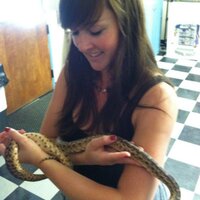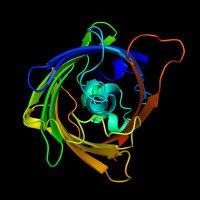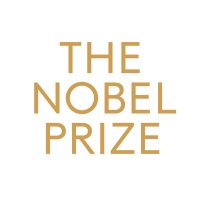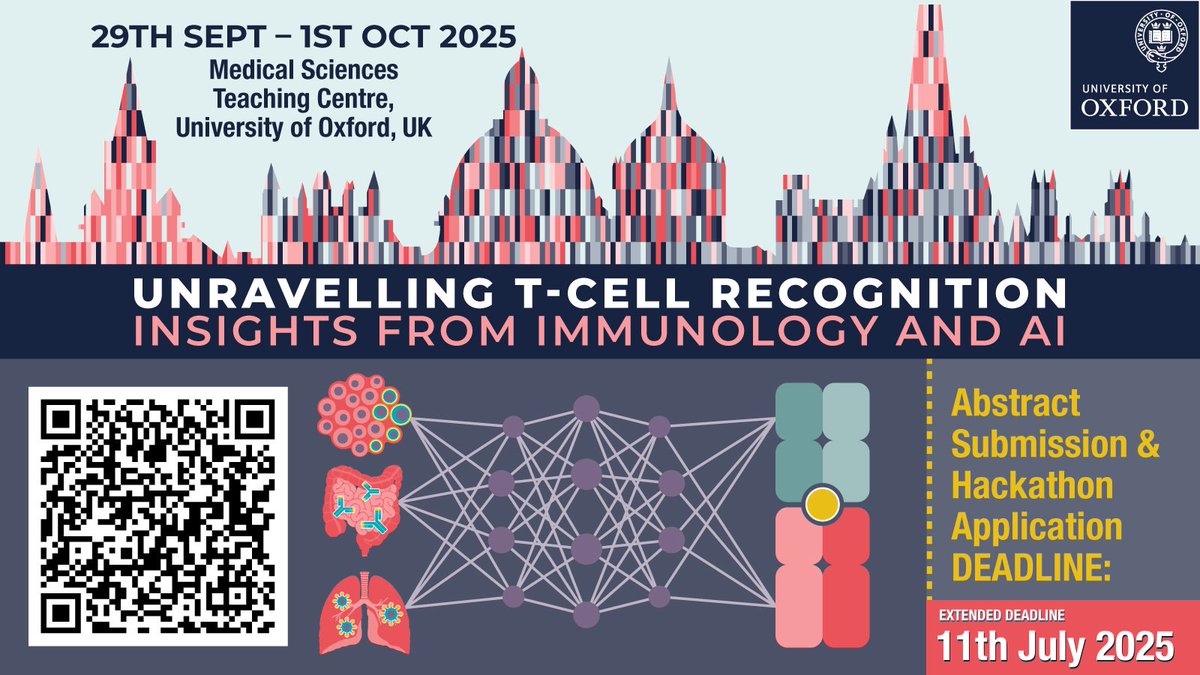
Dr Chris Thorpe
@drchristhorpe
Immunology/bioinformatics. Working on better predictions of MHC:peptide/tools for immunologists/data equity.
@embl/@MSCActions ARISE fellow. Same name @ bsky
ID: 13994682
https://www.histo.fyi/ 26-02-2008 10:02:54
2,2K Tweet
620 Takipçi
606 Takip Edilen

What are the rules of the immune receptor code? In my talk Kavli Institute for Theoretical Physics last Friday I summarised our recent findings, provide a perspective on why ML approaches have so far not achieved breakthrough success, and propose a path forward: online.kitp.ucsb.edu/online/viralim…




This is a very exciting opportunity to join a project across Ewan Birney and Open Targets teams at EMBL-EBI - apply now!

Our work on antibody mass spec benchmarking is out! We created one of the largest antibody bottom-up proteomics datasets to query the impact of many experimental and computational parameters on the recovery of biological ground truth. See thread below for details by Khang Le Quy.


Brilliant QImmuno meeting yesterday. Thank you to all the organisers - Luis Zapata, Beatriz Monterde Martinez and Tahel Ronel for all of the hard work. Inspirational as ever, excited for the next one. Thank you to Andreas Tiffeau-Mayer and others for starting this excellent series.

Next gen alphafold, future generative models, holy-grail models for drug design, and agents for actual science. I’m looking for builders to join our incredibly talented ML scientists and engineers at Isomorphic Labs to create the future of drug design job-boards.greenhouse.io/isomorphiclabs…



I am happy to say this work is now published in Frontiers in Immunology! frontiersin.org/journals/immun… Again, I would like to thank my supervisors hashem and Oxford Protein Informatics Group (OPIG) for their guidance and Dr Chris Thorpe and Prof. Jamie Rossjohn for their collaboration on this work.


🧵 1/5 New Nature Microbiology study reveals H5N1 bird flu evolution: Scientists measured infectious virus particles in air from infected ferrets, finding recent strains show low but increased ability to be expelled into air compared to older variants.



Work involving Dan Nissley (from his Postdoc with Oxford Protein Informatics Group (OPIG)) shows the importance of running simulations of an antibody's "reach" to understand its viral neutralisation potential. Read the paper published in Nature Communications (Nature Communications) here: nature.com/articles/s4146…











